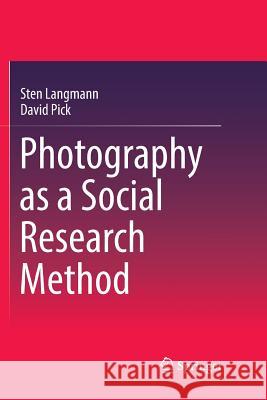Photography as a Social Research Method » książka
topmenu
Photography as a Social Research Method
ISBN-13: 9789811339325 / Angielski / Miękka / 2018 / 167 str.
Kategorie:
Kategorie BISAC:
Wydawca:
Springer
Język:
Angielski
ISBN-13:
9789811339325
Rok wydania:
2018
Wydanie:
Softcover Repri
Ilość stron:
167
Waga:
0.27 kg
Wymiary:
23.39 x 15.6 x 0.99
Oprawa:
Miękka
Wolumenów:
01
Dodatkowe informacje:
Wydanie ilustrowane











